Ten villages to visit in the Aosta Valley
1. Saint-Pierre
Attestations from prehistoric times testify that the site of today’s Saint-Pierre was the site of the first settlements in the Aosta Valley: the village is built around two medieval castles, belonging to the two families that held power here in ancient times: the Saint-Pierre (from which the village’s name derives) and the Sarriod de la Tour. Saint-Pierre Castle, in particular, is one of the most scenic in the region, and its interior now houses the Regional Museum of Natural Sciences. Its distinctive fairy-tale castle form dates back to 19th-century modifications, when the purchaser, Baron Emanuele Bollati, wanted to redeem the castle from decay by having it renovated with the addition of elements in keeping with the taste of the time, which loved a fairy-tale Middle Ages. Sarriod de la Tour Castle, on the other hand, has an older appearance and preserves medieval works of art: the manor chapel has frescoes from the 13th century.
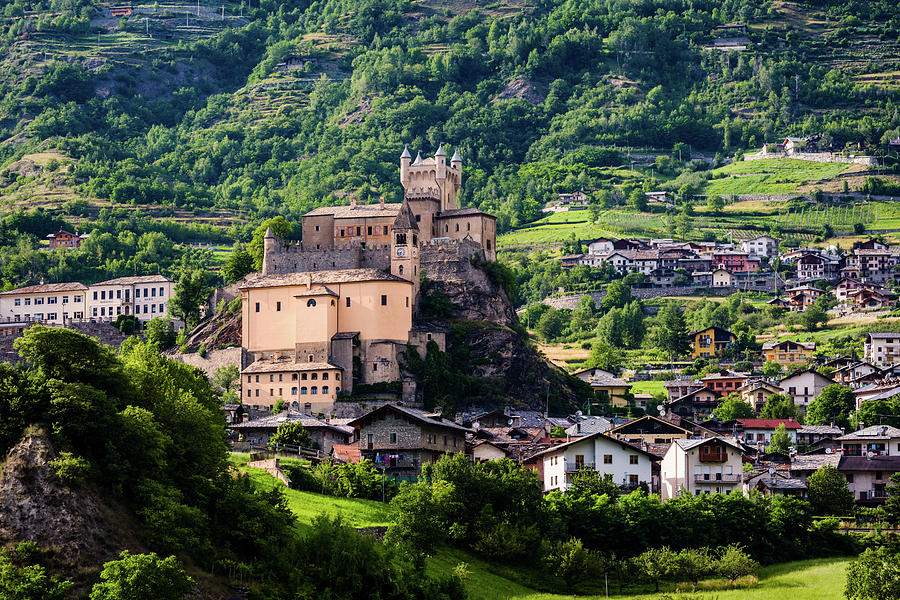 |
| View of Saint-Pierre |
2. Étroubles
An ancient village already attested in Roman times, it was an outpost on the mountain routes leading into what is now Switzerland, and consequently the village of Étroubles, located a short distance from the Great St. Bernard Pass, had strategic importance over the centuries. But that’s not all: it was in fact located on the Via Francigena, consequently shelters for pilgrims were built there in the Middle Ages. In the area, the village’s fame is also linked to the fact that Napoleon stopped there for a night on his way to the Italian campaign. In Étroubles, one can admire the 19th-century parish church, built on the site of an earlier building (the Romanesque bell tower remains), the Tour de la Vachère, a massive 12th-century tower, and the village’s narrow streets. A special feature of Étroubles is that its alleys are rich in works of art.
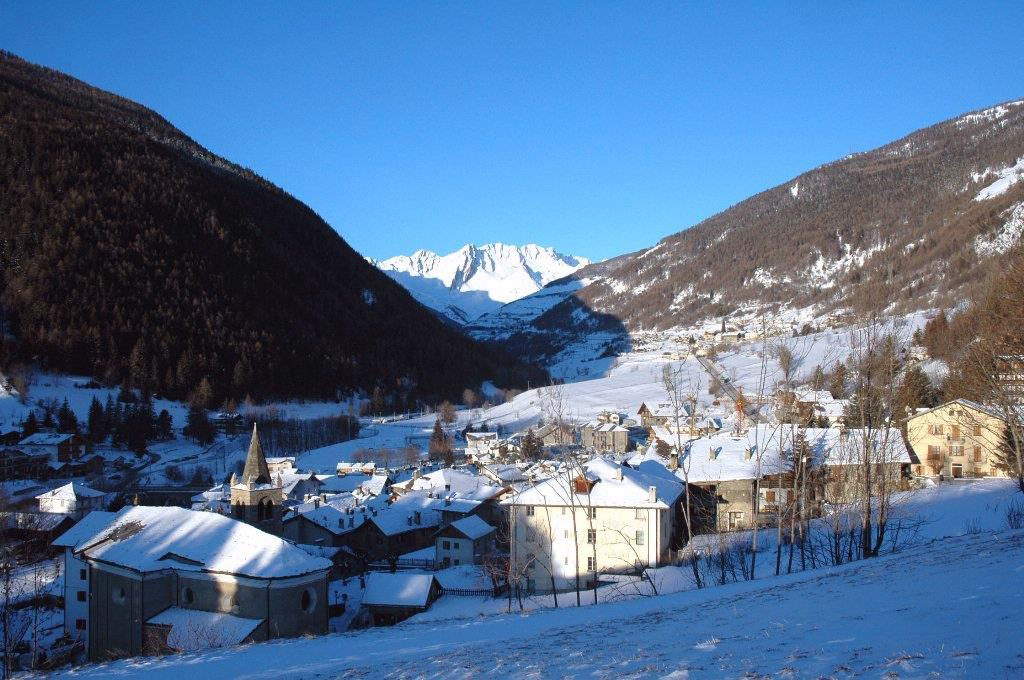 |
| View of Étroubles |
3. Avise
This is a village of just over three hundred inhabitants, already a transit center in Roman times, being located on the so-called “via delle Gallie,” the consular road that joined the Po Valley to present-day France. The medieval village of Avise is gathered around its 15th-century castle, which was for centuries the home of the local feudal lords, the nobles d’Avise. Older still is the Château de Blonay (which cannot be visited), which stands on a spur within the village, near the church of St. Britius. But Avise also has a third castle: it is Cré Castle, a fortified house located on a slope not far from the center, now ruined. Also worth seeing is the 18th-century bridge over the Dora Baltea, well preserved because traffic was diverted to a purpose-built modern bridge in the 1950s.
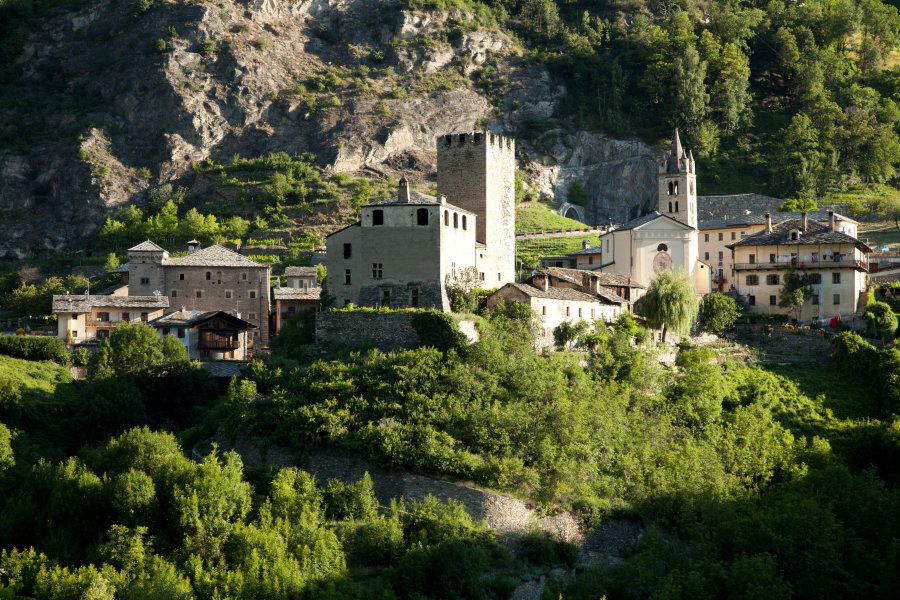 |
| View of Avise |
4. Bard
It has just 110 inhabitants and is the smallest municipality in Val d’Aosta, but it is a village rich in history: its imposing castle, Bard’s main monument, dates back to the 11th century, when the local feudal lord, Otto of Bard, wanted to build it for strategic reasons, on the top of a steep mountain and therefore considered impregnable. Over the centuries the fortress was gradually expanded and became one of the main strongholds of the Savoy duchy, which was also the center of clashes during the wars that pitted the Savoy against their enemies. Transformed into a prison and then, until 1975, into a powder magazine for the Italian army, it is now owned by the Region of Valle d’Aosta, which has made it the site of a museum (the Museum of the Alps) and attractive temporary exhibitions. The small village at its foot, which gathers around the Church of the Assumption, is also valuable. Nearby is the Archaeological Geological Site (Archéoparc) of Bard, where geological formations can be found and rock carvings from the Neolithic period can be admired.
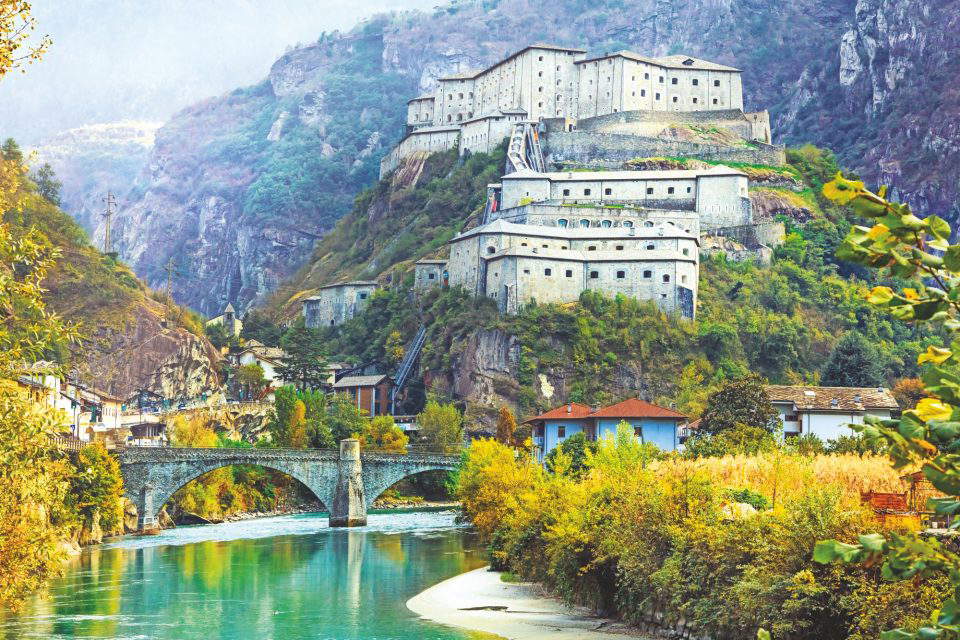 |
| View of Bard |
5. Antagnod
This is the main hamlet of the municipality of Ayas and is best known as a ski and winter sports center. However, Antagnod is also a quaint hamlet of mountain huts, which preserves historic buildings, starting with the parish church of St. Martin of Tours (next door, in the cemetery chapel, is a small Museum of Sacred Art where a rare 14th-century Vièrge ouvrante can be admired). Antagnod, surrounded by greenery, is also a base for hikes in the surrounding mountains.
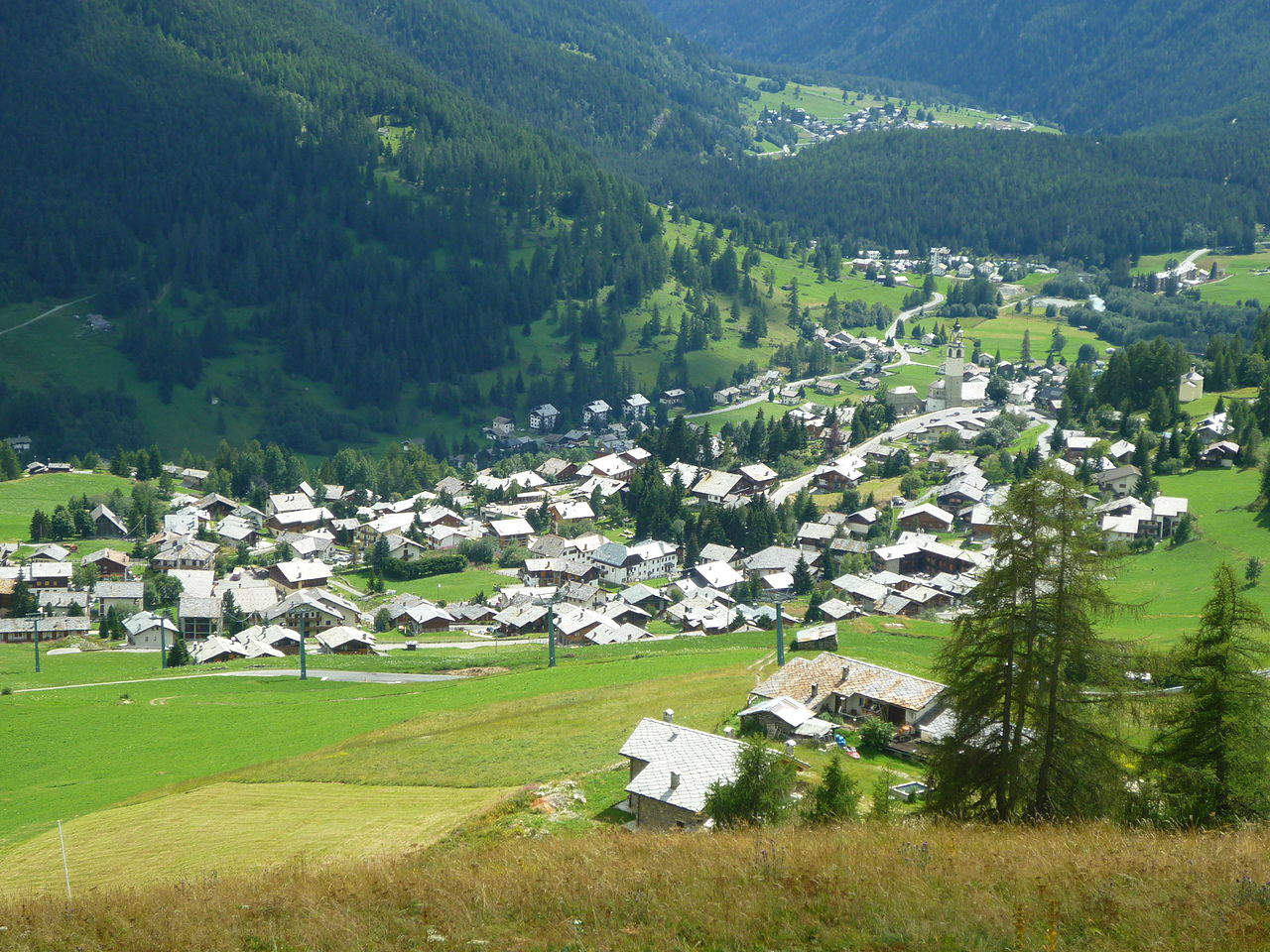 |
| Veduta of Antagnod. Ph. Credit |
6. Arnad
Arnad is another of the towns that were placed on the Via delle Gallie in Roman times and therefore owes its development to the fact that it was at the center of traffic in the area. The village is developed around the remarkable church of St. Martin of Tours, which probably dates back to the 9th century, and which presents us, however, with a Romanesque appearance (although the façade has been extensively remodeled over the centuries): it is one of the oldest churches in the region and preserves an extraordinary cycle of 15th-century frescoes assigned to the anonymous “Master of Arnad.” Arnad is also home to two castles, the Upper Castle and the Lower Castle (both, however, cannot be visited: however, the latter, under restoration, is scheduled to open). Also dating from the Middle Ages is the distinctive Casaforte di Ville, a complex dating from the 12th century, recognizable by its tower dating from that period. Also worth seeing is the Pont d’Échallod, an ancient humpback bridge placed on the route of the Via Francigena and passable only on foot. Gastronomy lovers cannot fail to taste Lard d’Arnad, one of the most important and well-known dop products of the Aosta Valley.
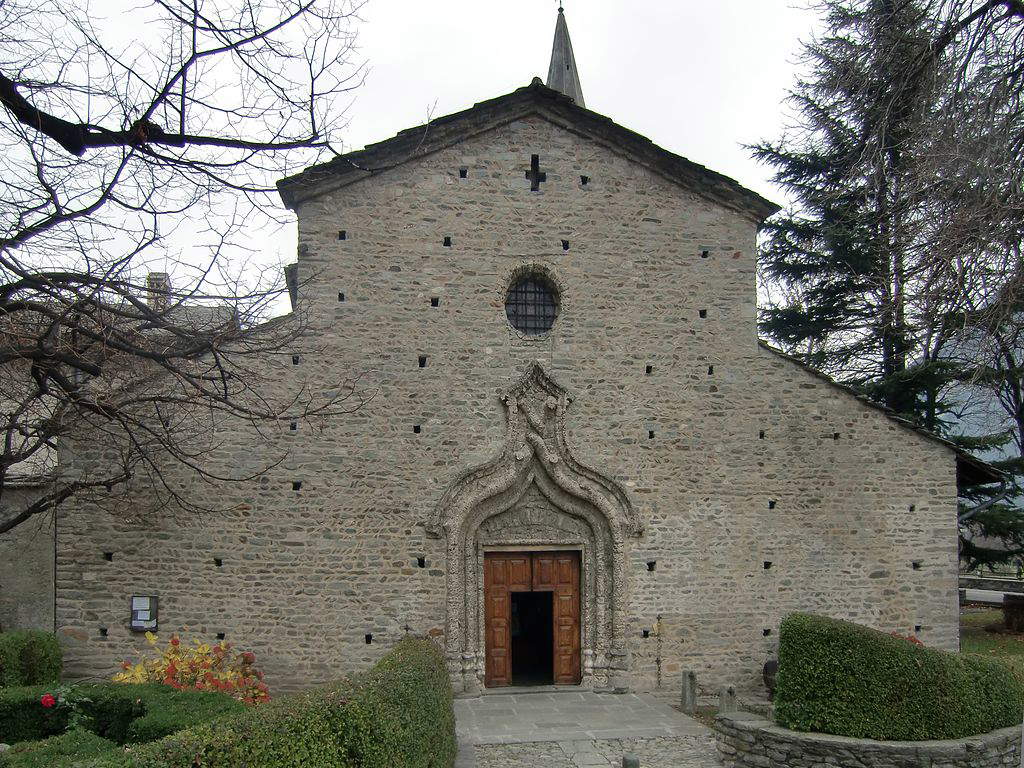 |
| The church of St. Martin of Tours in Arnad. Ph. Credit |
7. Gressoney-Saint-Jean
It is located almost 1,400 meters above sea level, at the foot of Monte Rosa. Its history is in part linked to that of the Walser, a community that has inhabited the lands around the mountain since the 16th century and that has Gressoney-Saint-Jean as its main center, so much so that a language similar to German is spoken here (Walser, in fact, here declined in the variety of Greschòneytitsch). Worth seeing in the village are the 16th-century church of St. John the Baptist, extensively remodeled over the centuries, the bizarre manor house of Castel Savoia, a 19th-century villa built in an eclectic style reminiscent of a fairy-tale castle (there is a renowned Botanical Garden around it), and the wooden Walser houses, which are found in and around the center. In Gressoney-Saint-Jean you can also visit the Regional Museum of Alpine Fauna, as well as the small Parish Museum. The Walser Kulturzentrum, or Walser Cultural Center, continuously promotes initiatives aimed at spreading and safeguarding the culture of this community.
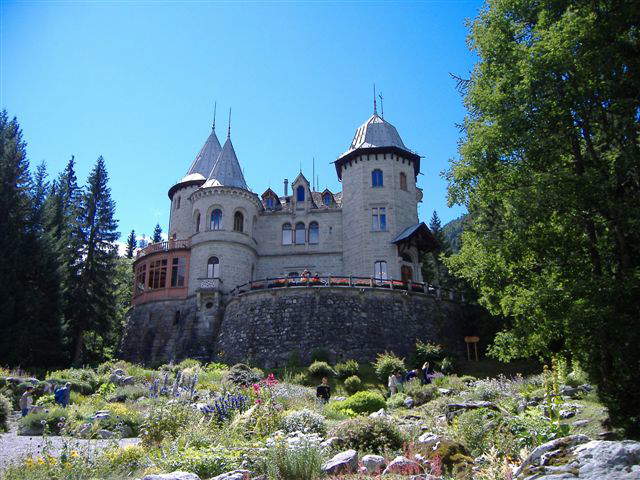 |
| Gressoney-Saint-Jean, Savoy Castle |
8. Fénis
The village of Fénis, of Roman origin as an ancient village located along the Via delle Gallie, is historically linked to the Challant family, the feudal lords of the area, who had the spectacular castle built, which is one of the undisputed symbols of the Aosta Valley and one of the most famous castles in Italy. Medieval in origin (it is first mentioned in a document from 1242), it looks today as it did during the 19th-century restorations, designed by one of the best-known architects of the late 19th century, Alfredo d’Andrade. The interior still has splendid frescoes in the International Gothic style. Also worth seeing in Fénis are the church of St. Maurice, the hermitage of Saint-Julien, and the ruins of the Challant fortress house.
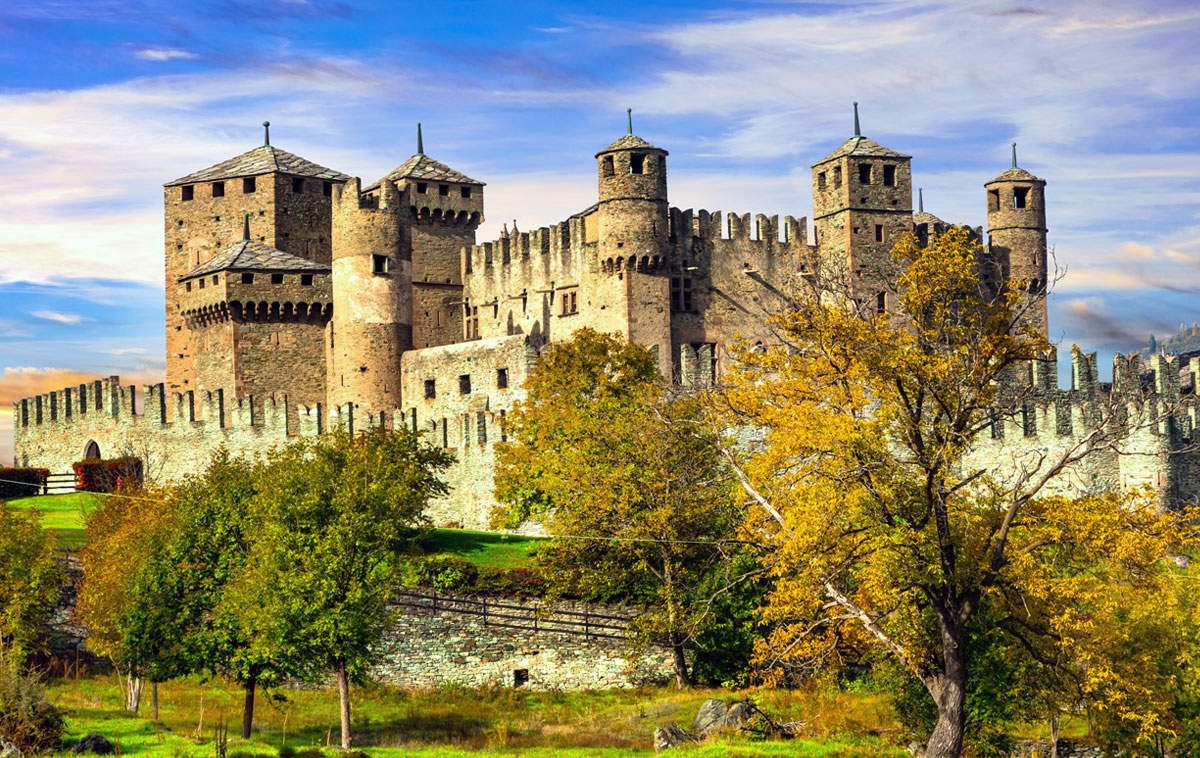 |
| The Castle of Fénis |
9. La Thuile
A modern ski resort and home to international sporting events, La Thuile is a village of ancient origins (the settlement dates back to Roman times, while today’s toponym is 18th century) that was once among the domains of the Savoys, of great strategic importance as it is located near the Petit St. Bernard and a short distance from the border with France: its position made it the protagonist of numerous war clashes (during the Savoy era, in the Napoleonic period, and during World War II). Worth seeing in the village is the parish church of St. Nicholas, whose origins date back to the 12th century, while near the town are the numerous fortifications built by the Savoy (for example, the Fortifications at the Colle della Croce, those at the Colle San Carlo and others). La Thuile is also at the center of a highly prized naturalistic district: a short distance away is Lake Verney, one of the largest in the region.
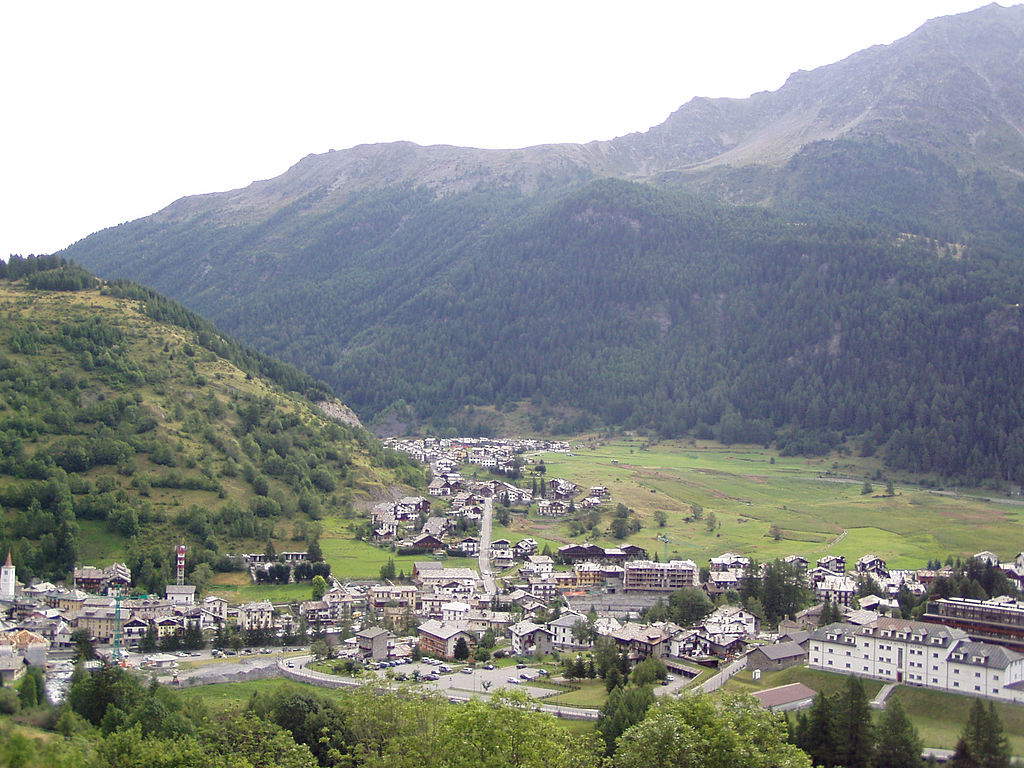 |
| View of La Thuile. Ph. Credit Marek Slusarczyk |
10. Saint-Vincent
Known throughout Italy as home to one of only three casinos in the country (the others being those of Venice and Sanremo), the Casino de la Vallée, Saint-Vincent was the site of ancient settlements but its history can be said to have begun in the late 1700s, when the discovery of some hot springs made it one of the most important resorts in the region, a vocation that continues to this day. Ancient testimonies include the church of St. Vincent, of medieval origins but heavily remodeled in the 19th century, while just outside the town the Roman bridge over the Cillian stream can be seen. Saint-Vincent is also home to a Mineralogical Museum with an extensive collection, a Museum of Sacred Art set up in the parish church, and a Civic Gallery of Modern Art.
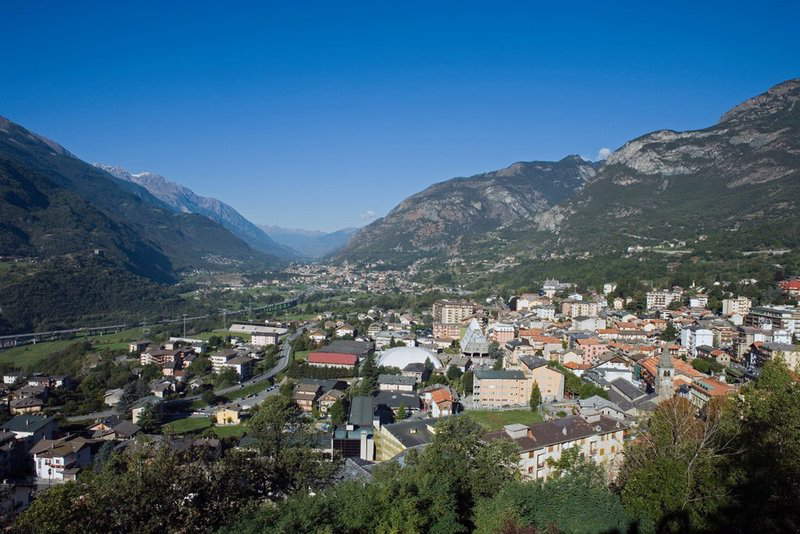 |
| View of Saint-Vincent |
 |
| Ten villages to visit in the Aosta Valley |
Warning: the translation into English of the original Italian article was created using automatic tools. We undertake to review all articles, but we do not guarantee the total absence of inaccuracies in the translation due to the program. You can find the original by clicking on the ITA button. If you find any mistake,please contact us.



























